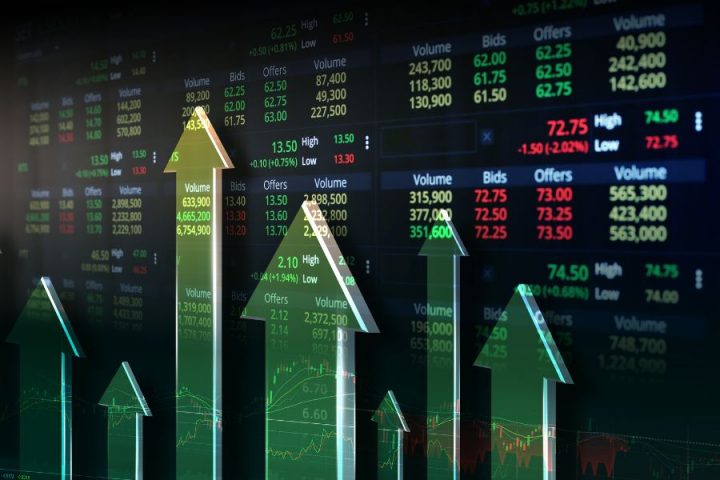In order to trade in a successful manner, you need to be able to recognize support and resistance levels. The best source of such levels is historical prices. To recognize them, you must first familiarise yourself with past price patterns. These patterns may have been formed recently, or they could be from earlier activity. It’s important to learn to recognize them and identify them when they arise. You need to identify them quickly in order to place trades appropriately.
Dynamic support and resistance levels
There are many benefits of using dynamic support and resistance levels in trading. These levels can help traders predict market movements and are very different from conventional support and resistance levels. Instead of identifying fixed levels, dynamic support and resistance react to the price action in real-time. The OHLC bar chart and Japanese candlestick charts are the most common examples of dynamic support and resistance levels. To make use of them, traders should backtest and plot their moving averages.
Support and resistance levels are usually generated by algorithms that scan the market data and cluster data points inside groups. These levels are known as “bounce points” because the market tends to spend less time on these levels. By understanding the underlying patterns, traders can place their trades accordingly. But a dynamic support and resistance level doesn’t always mean you should trade on it. It’s best to use it in conjunction with a trend indicator.
Market psychology behind support and resistance levels
Traders react emotionally to support and resistance levels, so they tend to make decisions based on their emotions. When the price hits a support level, long traders will want to add to their positions, while short traders will sell to cover their positions. They also tend to accumulate near support and resistance levels, a phenomenon known as “anchoring.”
When support and resistance levels break, buyers are more likely to buy. This suggests that sellers are less inclined to sell. Therefore, they will likely increase the amount of support and demand in that area and vice versa. As long as this trend persists, the price will likely rise again to the level of support. In other words, resistance and support levels are closely related to one another. This makes it easier to predict when they will occur and where they might exist.
Support and resistance levels are commonly used by technical analysts to study past prices and predict future market moves. Indicators that show these levels are easy to understand, including up/down trendlines. Traders often gravitate to psychologically significant price levels because they’ve performed well in the past and know they will do so again. Understanding what makes each market actor react in such a way can help traders better predict future price movement.
Identifying support and resistance levels
Identifying support and resistance levels in trading is crucial to successful investing. They represent key prices at which buyers and sellers enter the market. They can serve as key entry points for traders. Identifying these levels is difficult since financial markets are full of randomness. When stocks pause at a random price, it is often because of an imbalance between supply and demand. In contrast, aggressive buying signals the presence of a support level, which will move the price away from an outsized supply.
The most popular technique for applying support and resistance levels is to monitor breakouts and breakdowns of the stock. A breakout occurs when the stock price breaks through the level that separates resistance and support. A breakout occurs when the stock price breaks through the level and rises above it. Some traders may choose to sell their stock at a support breakdown to limit their losses. Others may opt to hold their positions until the price breaks through the resistance level.
Using them to plan trades
Support and resistance levels on a currency pair‘s chart are a great place to start when planning trades. However, you shouldn’t blindly trade these levels without using secondary confirmations, such as candlestick patterns or technical indicators. Understanding where to look for a trend continuation will increase your win rate significantly. Using these levels in conjunction with candlestick patterns and technical indicators will increase your winning percentage.
When using support and resistance levels, keep in mind that they coincide with the peaks and troughs of a wave. Because they change over time, these levels often become stronger. Many market technicians use different methods to determine these levels; some use trend lines and moving averages, while others simply focus on volume and price. However, it’s important to remember that support and resistance levels are estimates, not actual prices.
